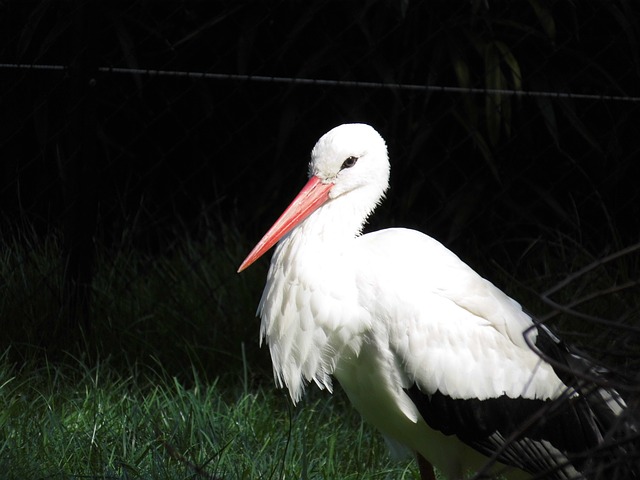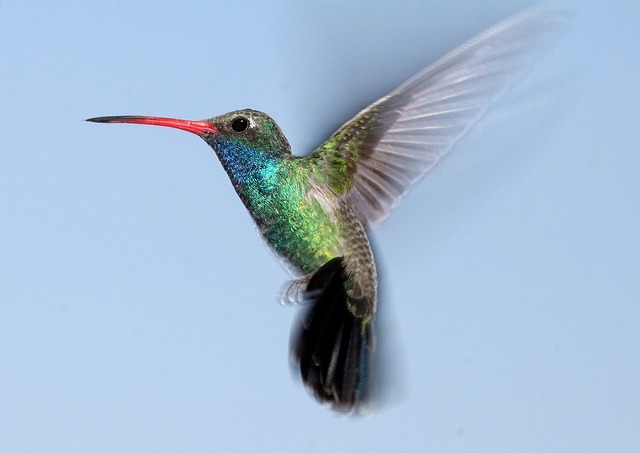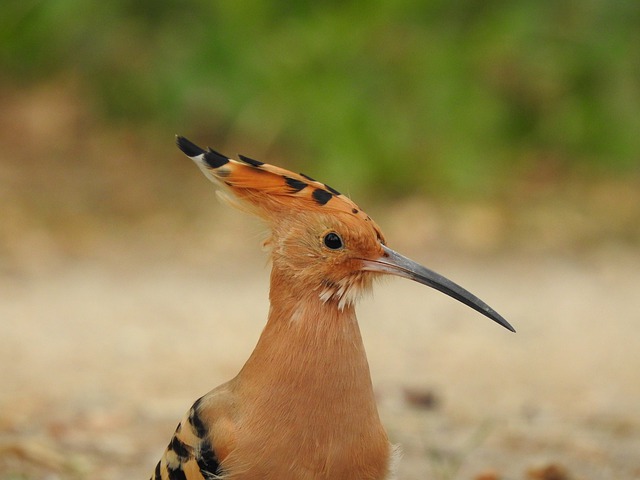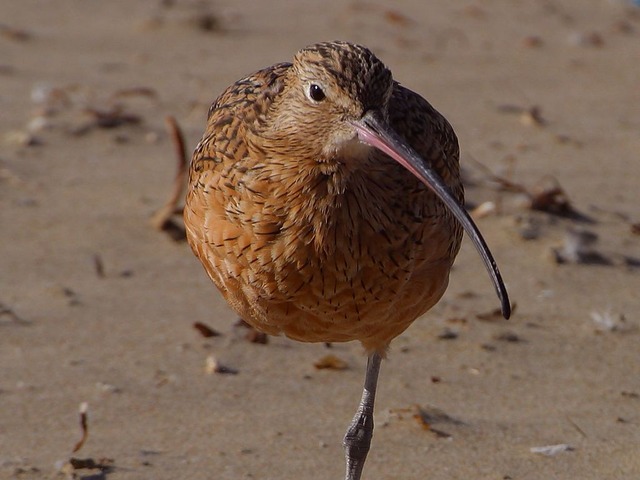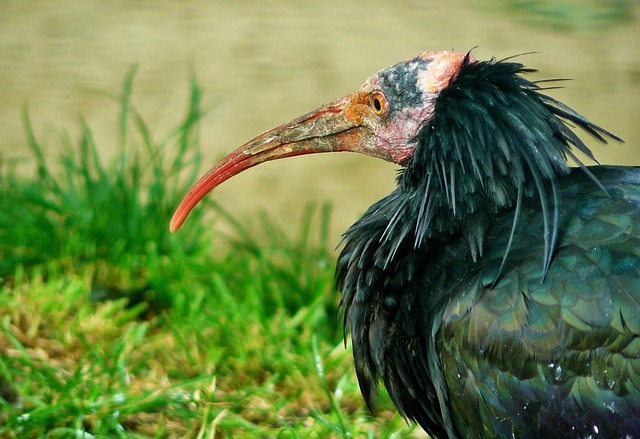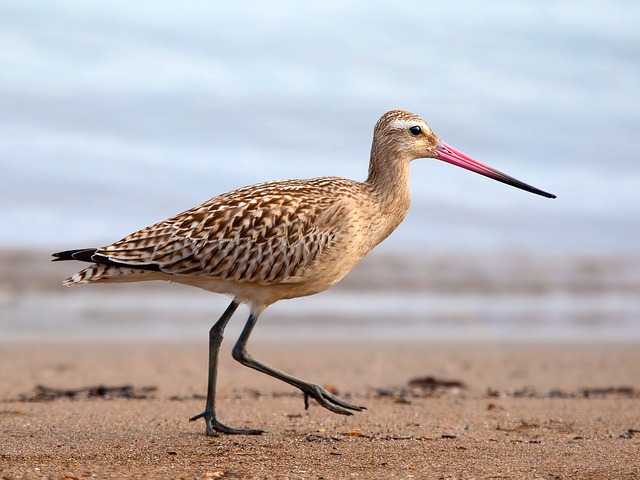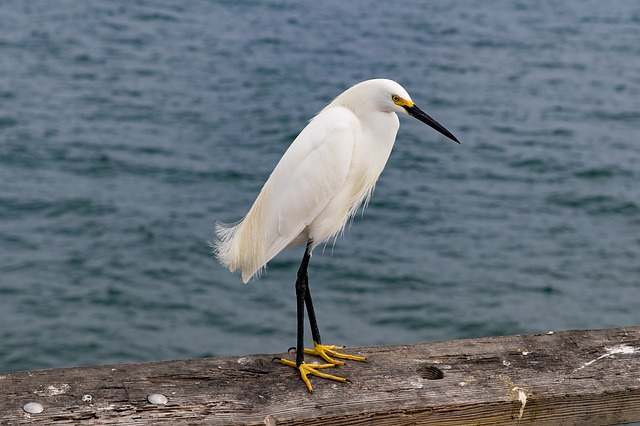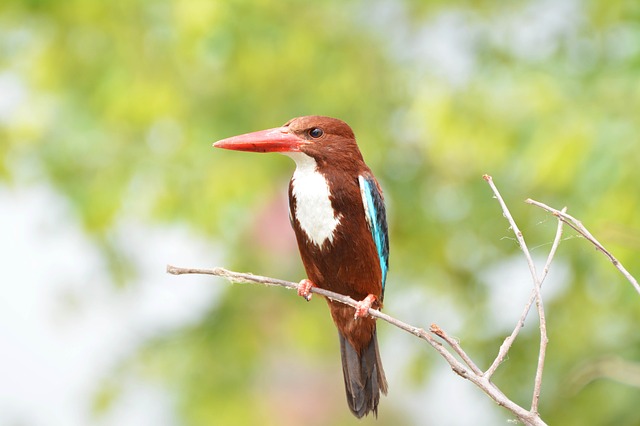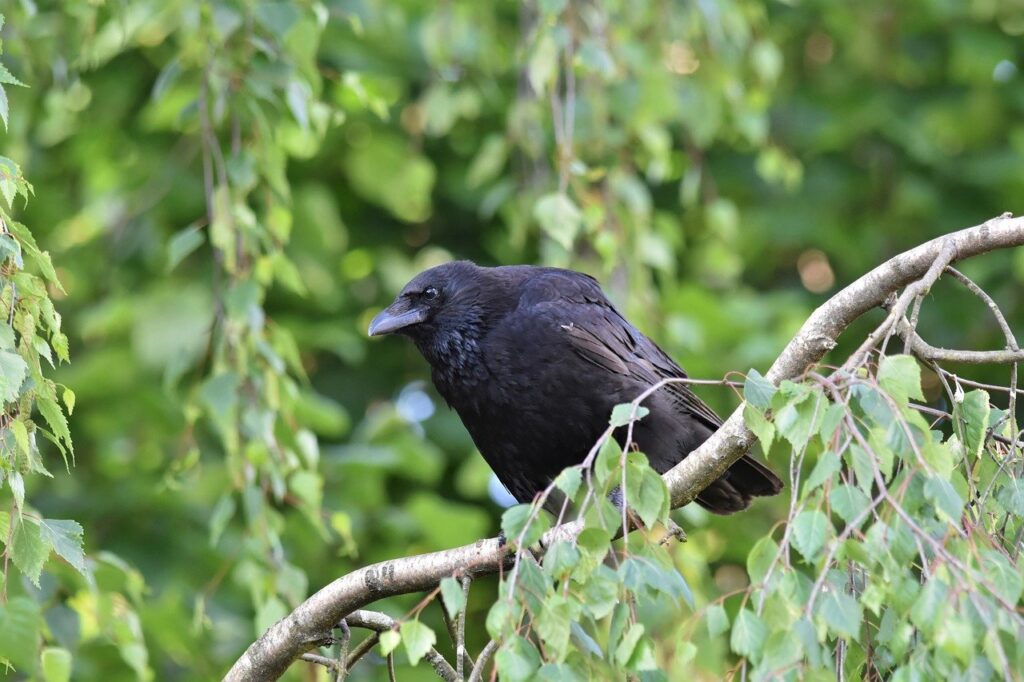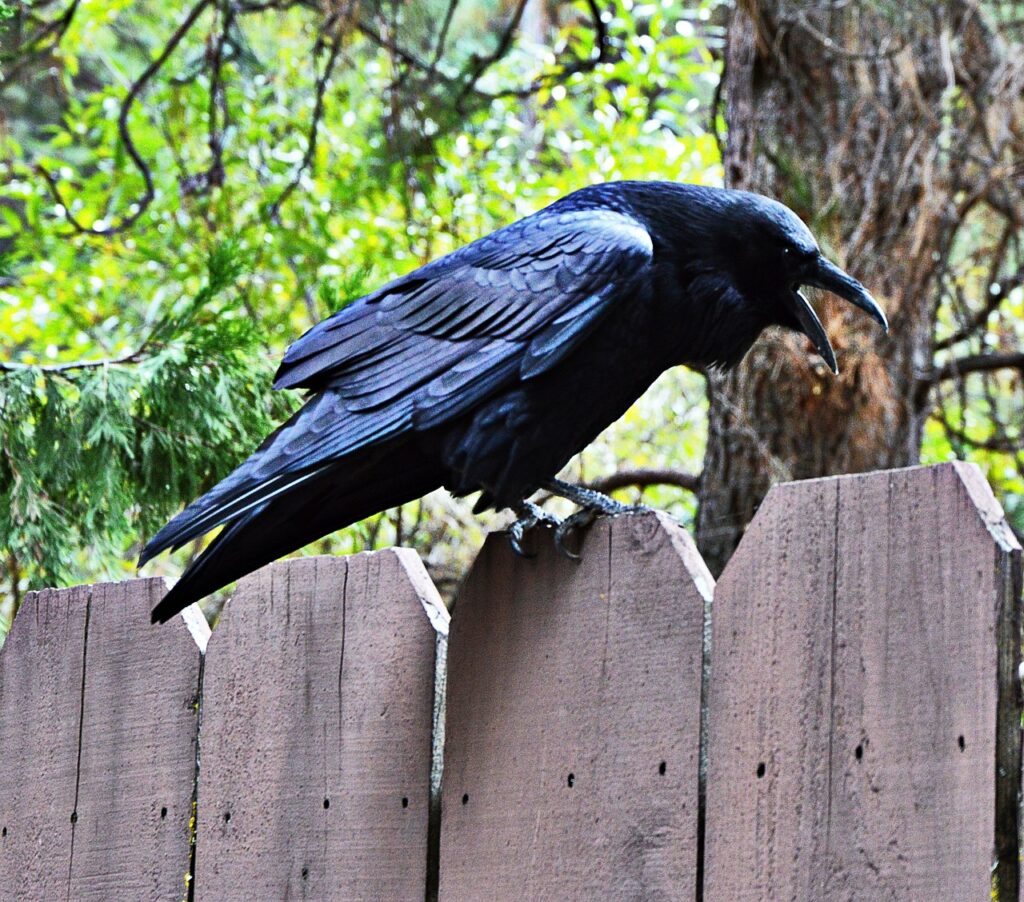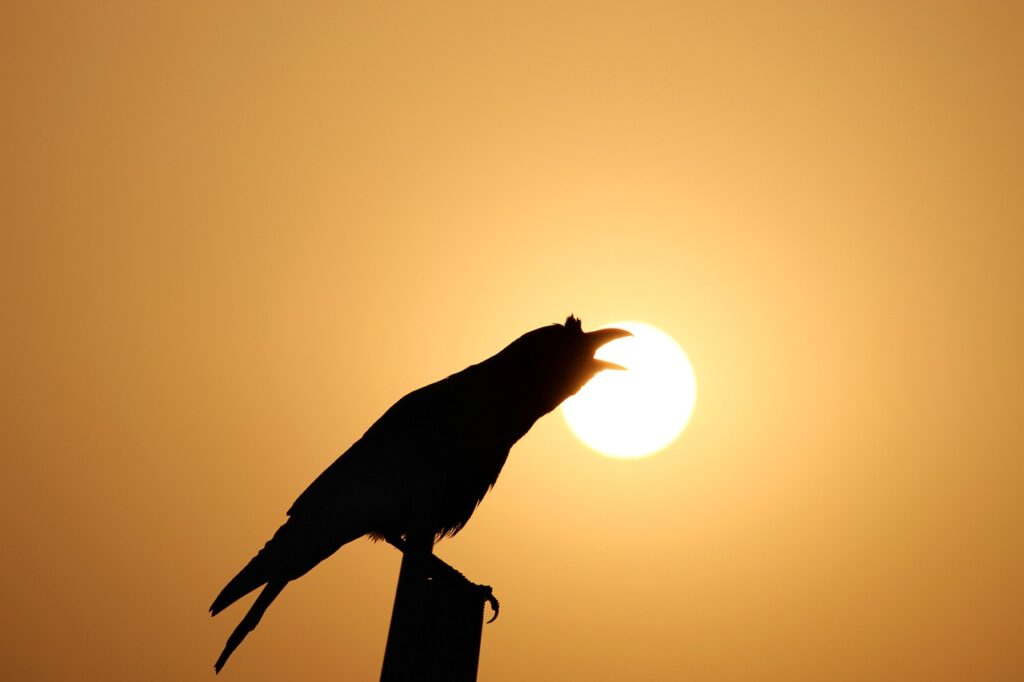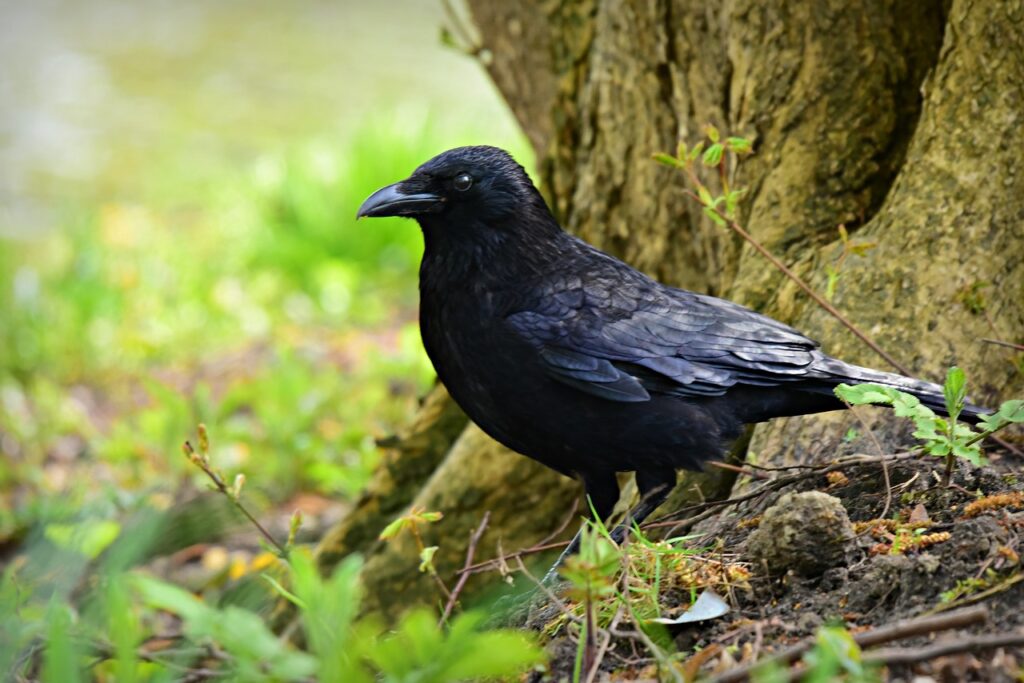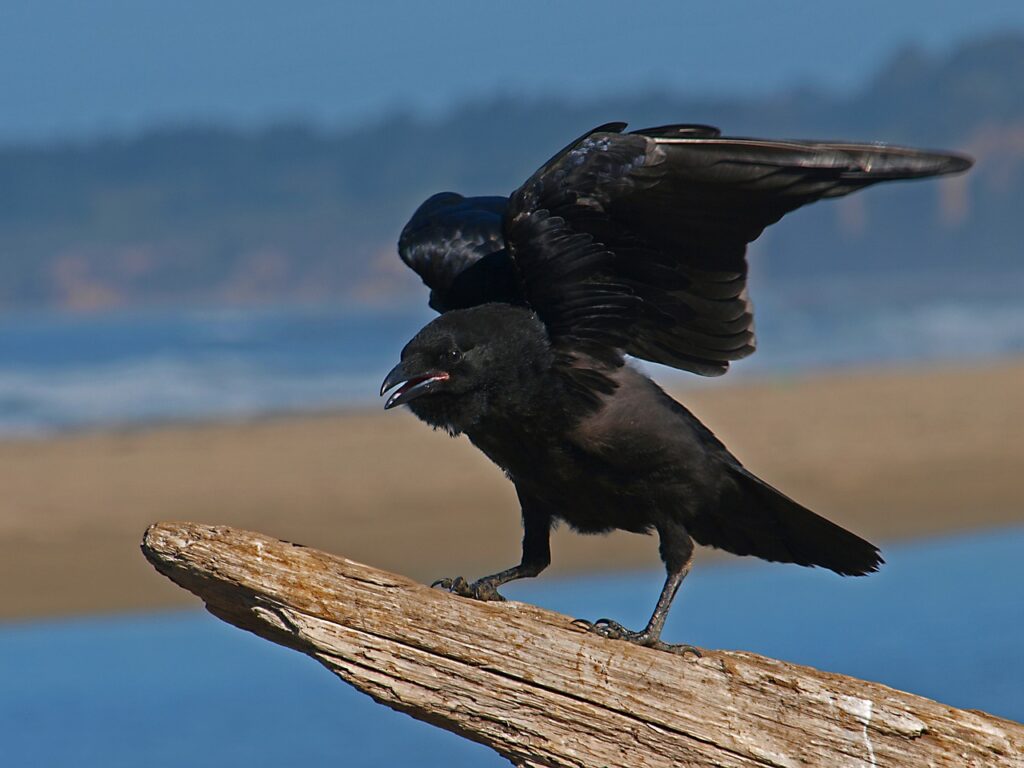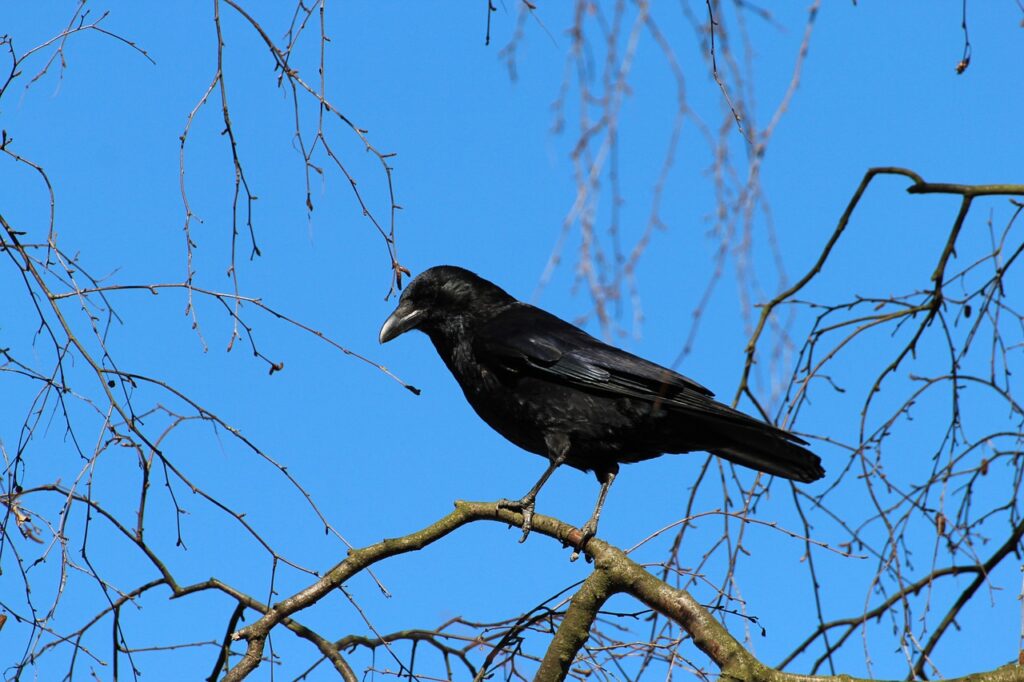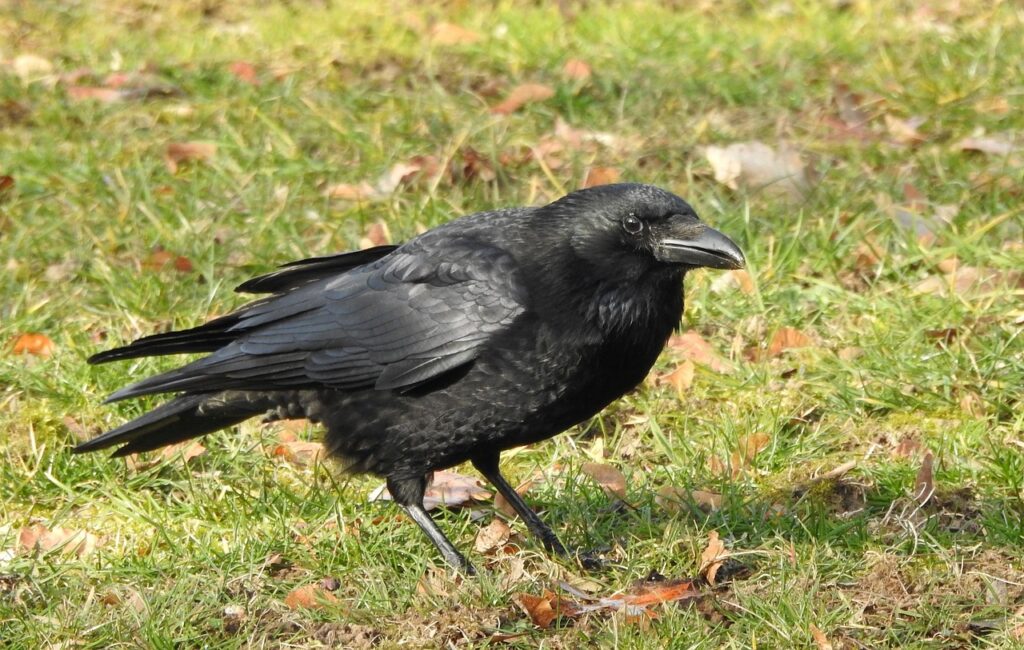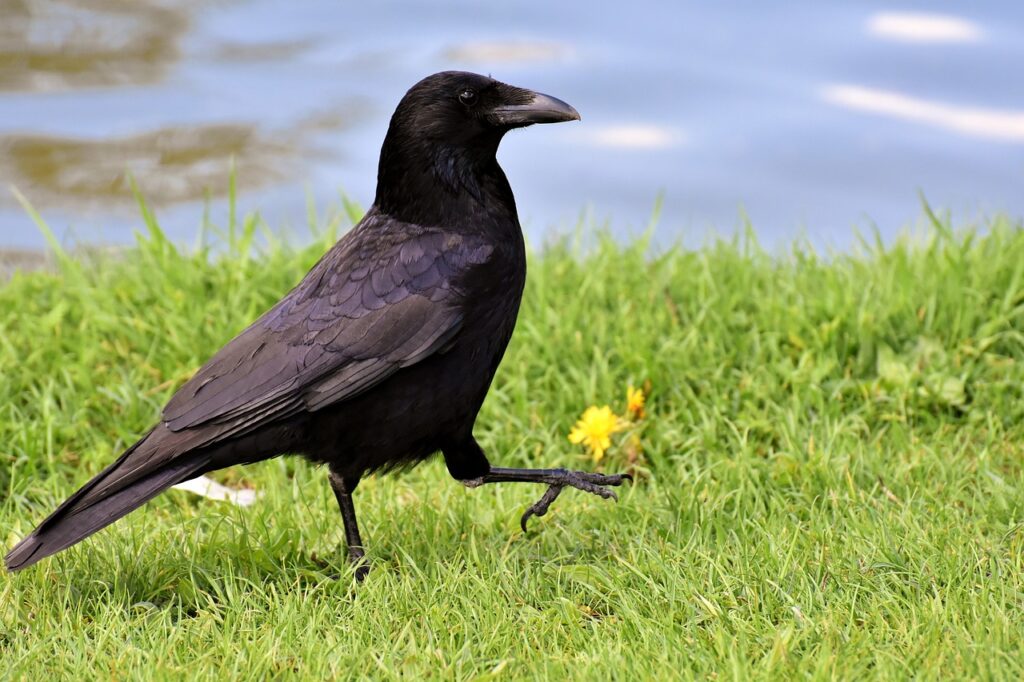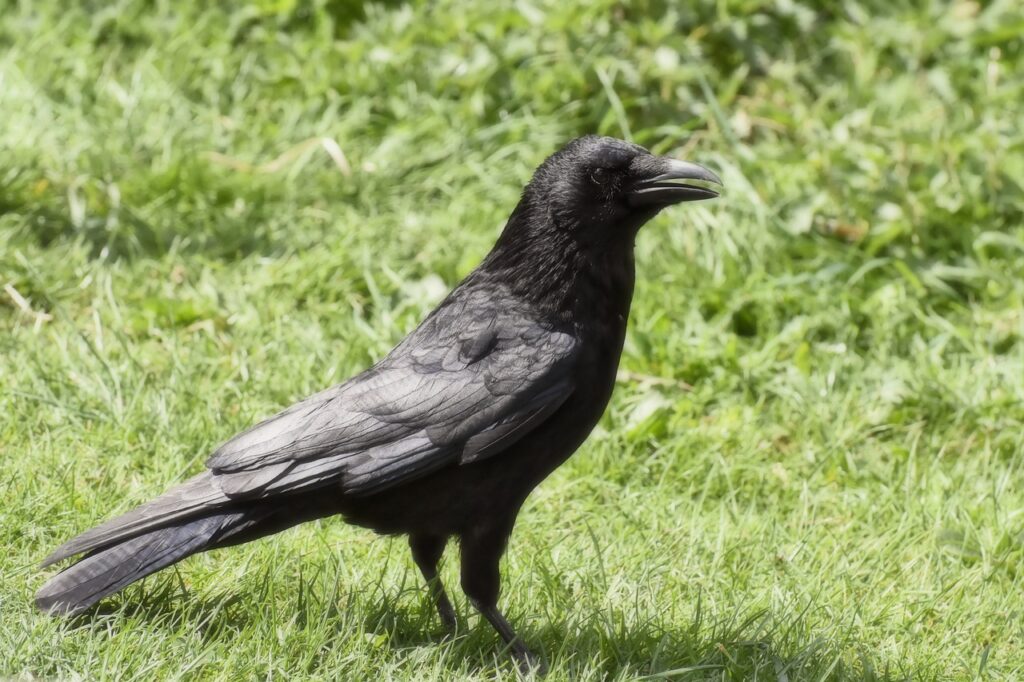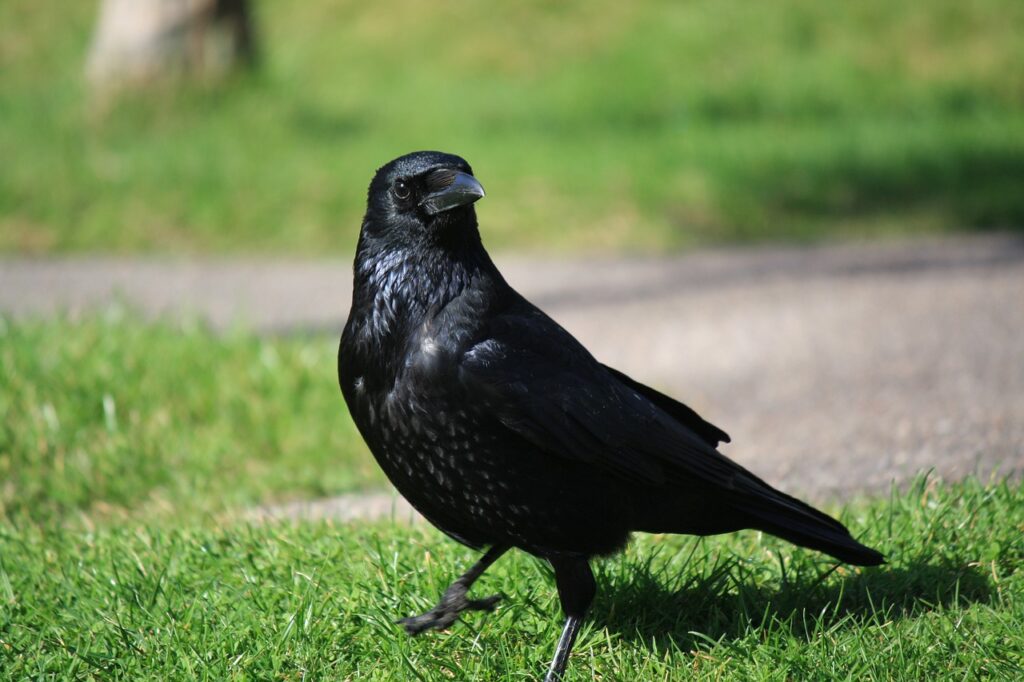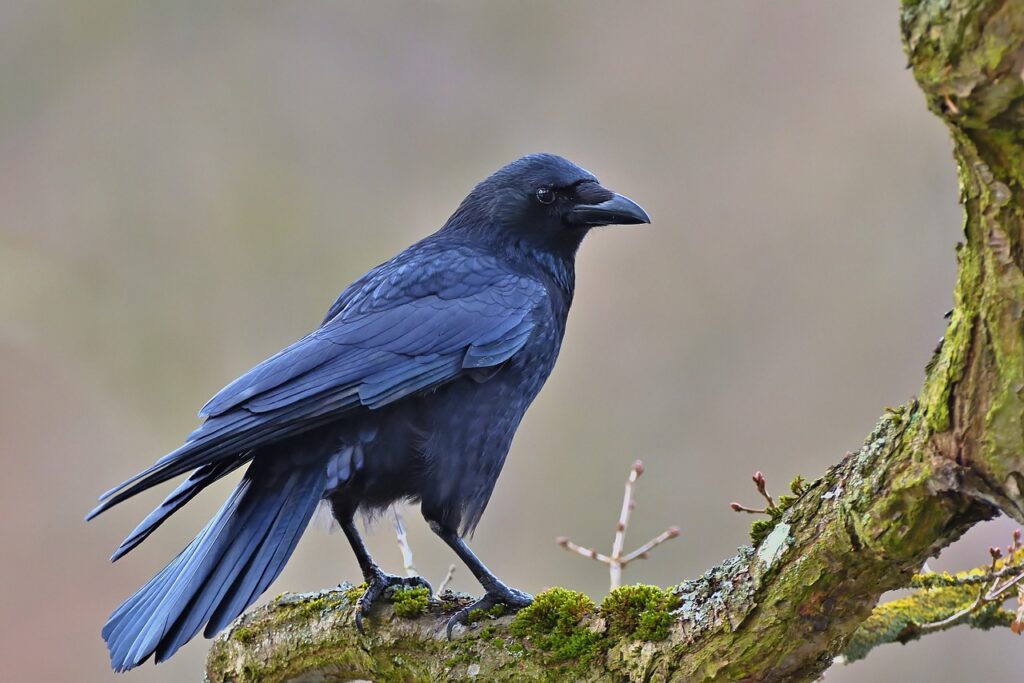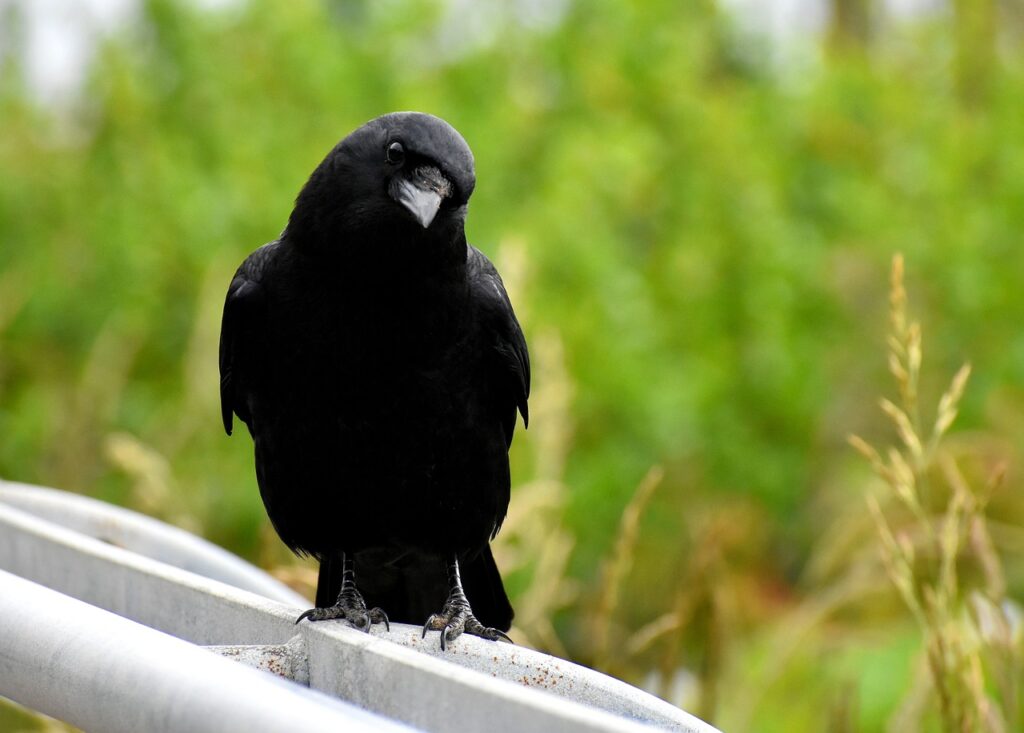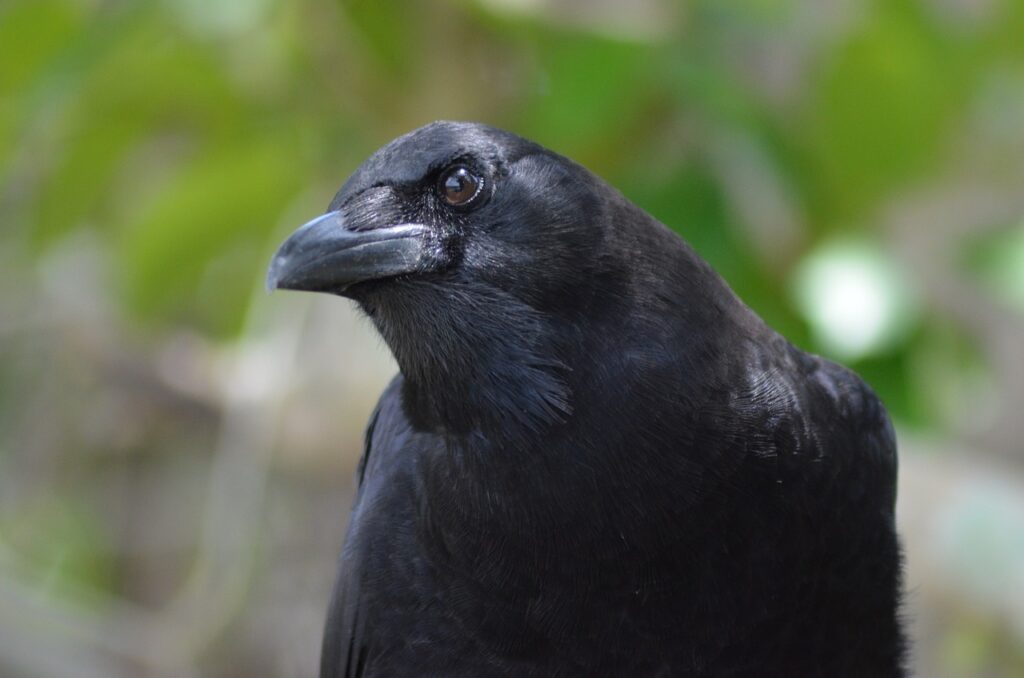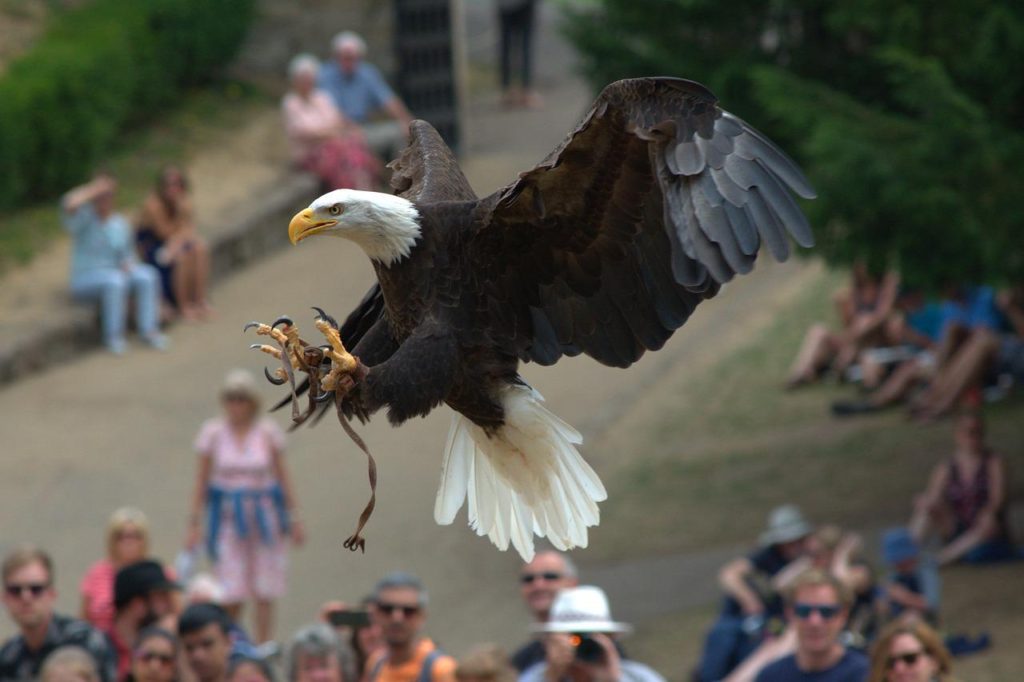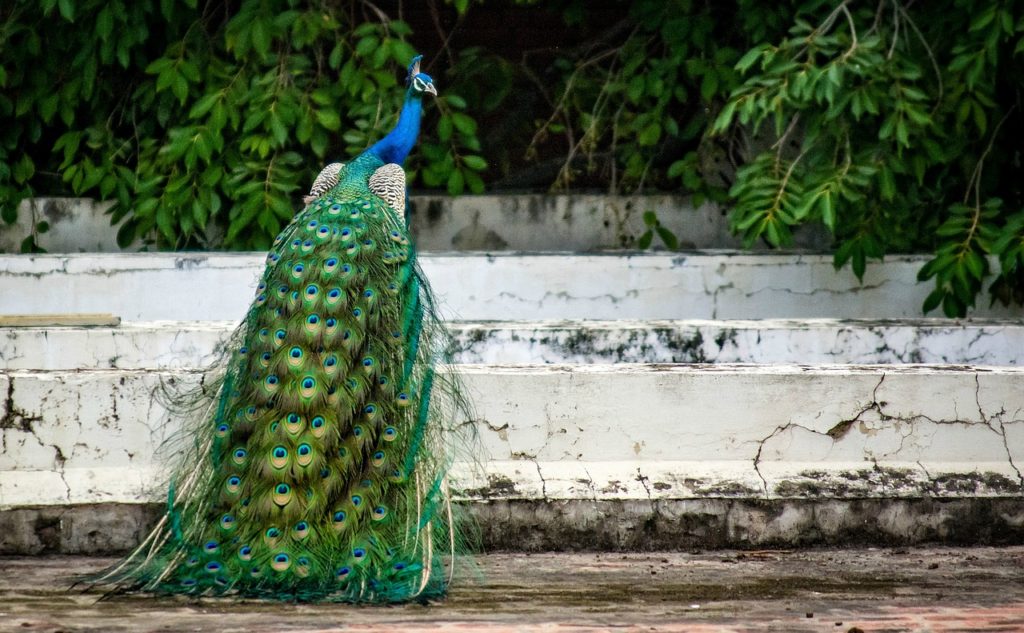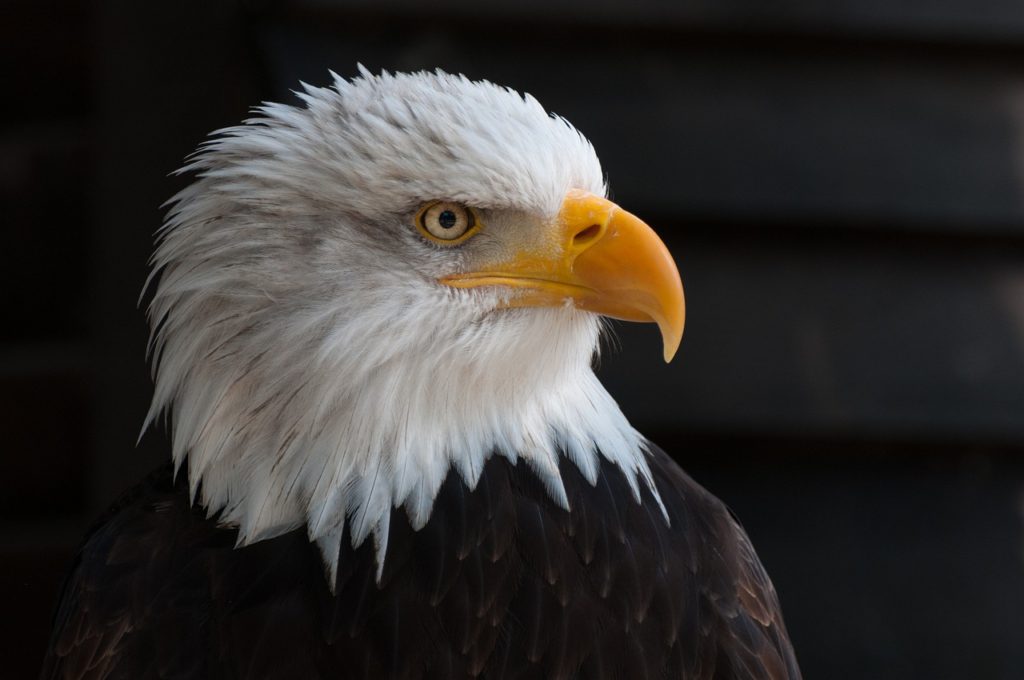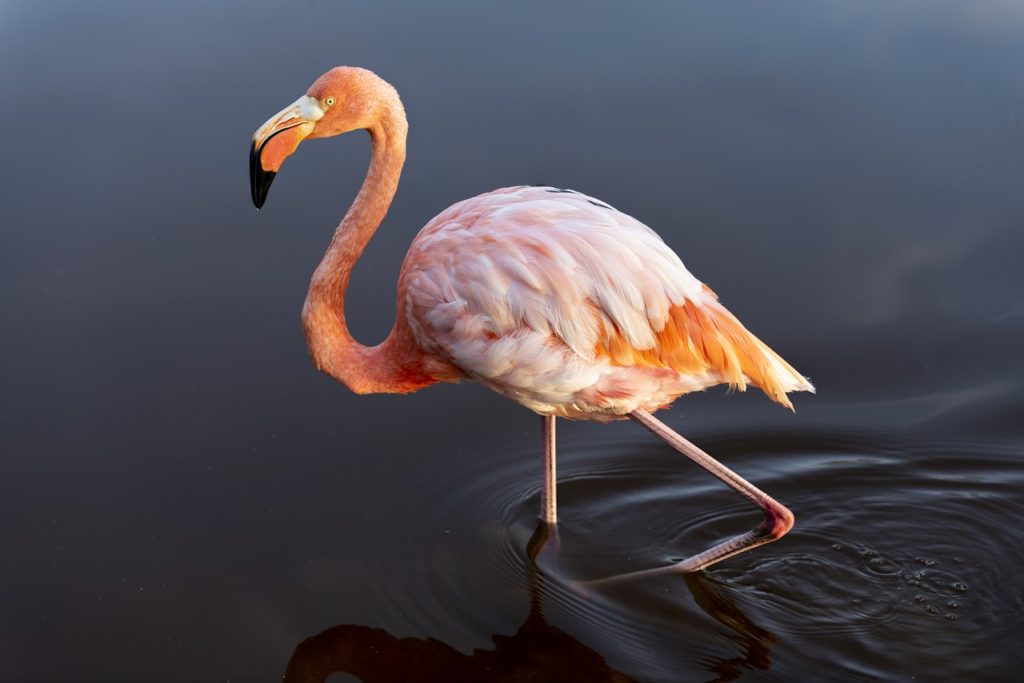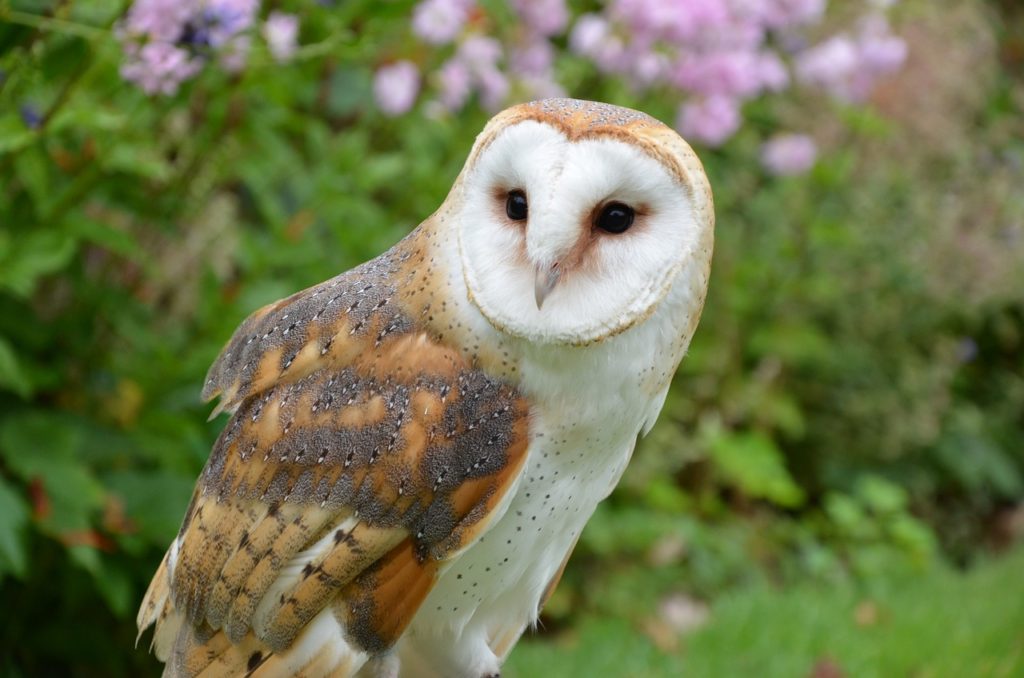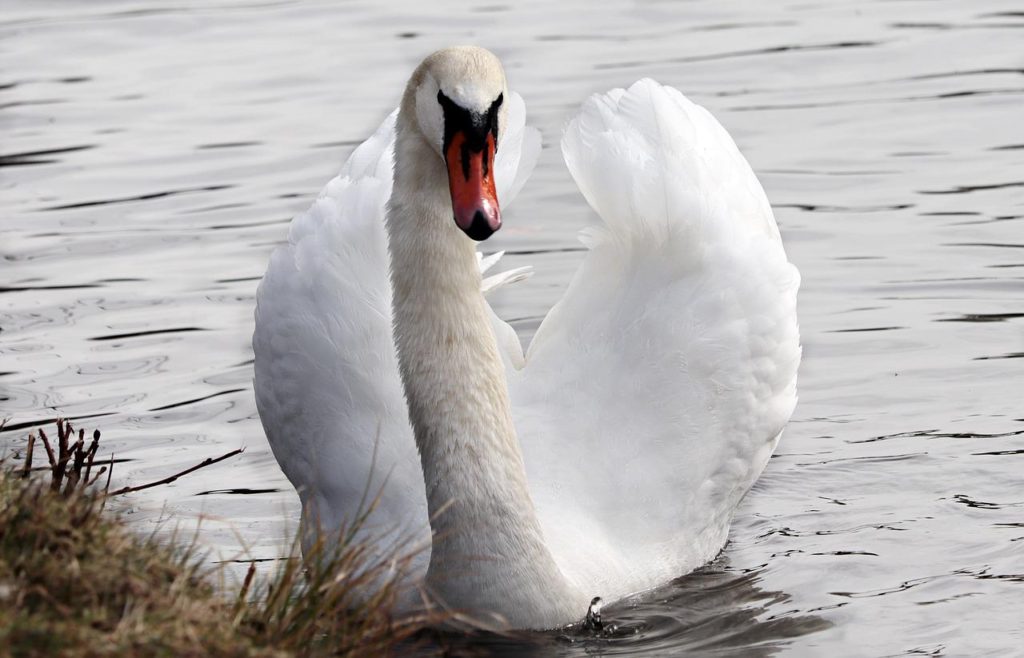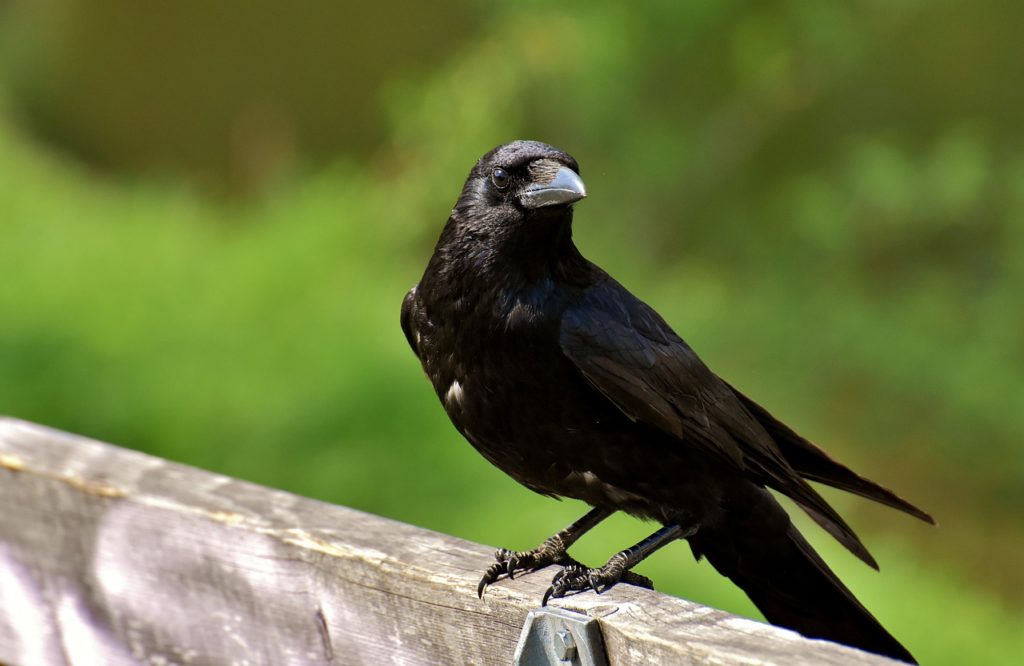
Bird beaks come in a wide range of shapes and sizes. Yet while they may not be as common as other types, birds with long pointed beaks have some of the most unique and specialized beaks in the world. So here’s a list of the longest and pointiest beaks in the business and what you’ll want to know about them.
Storks
Storks are large carnivorous water birds. They use their long pointed beaks to help them catch a variety of different prey. In fact, if a stork consumes any plant material at all it’s actually by accident.
Different stork species have beaks with different characteristics depending on their exact diet. For example, the marabou stork is an enormous bird with an equally huge beak. It uses it as both a massive pointy weapon to defend itself and also to help it scavenge the flesh from rotting animal carcasses.
Herons
Herons are a widespread group of birds that live on every continent except Antarctica. And they are expert fish, snake, and frog hunters using their long pointed beaks as a harpoon to impale their prey.
While majestic in appearance both the great blue heron and grey heron are actually considered pests by pond owners and fisheries because of their top-notch fish-catching abilities. However, because herons are territorial a heron decoy can often keep them away.
Hummingbirds
The hummingbird is a small bird with a long pointed beak that helps it to consume insects and also nectar from flowers. Some hummingbirds have quite uniquely-shaped beaks that evolved to help them extract nectar from specific types of flowers. Hummingbirds get their name from the humming sound produced by their fast-flapping wings.
Hoopoes
Hoopoes have a distinct crown of feathers on their heads. These long and pointed beak birds mainly feed on insects. many of which are considered pests by humans. And that means that they are well-liked and appreciated in many areas of the world. It’s no wonder that the hoopoe is the national bird of Israel.
Curlews
Curlews are medium-sized birds that have long necks and legs. There are nine species of curlew, and all have plumage which is a streaked or mottled grey or brown color, and long pointed beaks which are sickle-shaped. These wading birds use their downward-curving beaks to probe for crabs and worms.
Ibises
Ibises are wading birds with long legs. They feed in groups and use their long downward curving beaks to probe the mud for crustaceans. There are many different species of ibis with varying plumage. The most brightly colored of all is the scarlet ibis which is sometimes confused for the flamingo at a distance because of its pink color.
Godwits
Godwits are wading shorebirds that are often seen on tidal shorelines. They have long pointy beaks that allow them to dig deeply into the sand in search of mollusks and worms. Godwits got their name from their whistling call. There are four species of godwits, and all of them nest in the Northern Hemisphere.
Egrets
Egrets have all the same physical characteristics as herons including long and pointed beaks. And that’s because they are herons. All egrets are members of the heron family. Egrets are grouped together not based on any biological differences from herons but because of their mainly white plumage and the fact that they develop fine plumes during the mating season.
Anhingas
The anhinga is also known as the “water turkey,” or “snakebird”. It is a large diving bird with a long pointed beak. The anhinga hunts for its food underwater and it uses its sharp beak to impale fish and other small prey. For larger fish that are too big to impale the anhinga may instead use its beak to stab them multiple times.
Kingfishers
Kingfishers are brightly colored birds with long pointed beaks that are shaped like a dagger. And as their name suggests some kingfisher species do specialize in hunting fish. The beaks of these species are longer and narrower than kingfishers which consume other prey items. Kingfishers are well-known for their excellent eyesight.
Start Shopping for Birding Supplies!
Crow Symbolism: Everything You Need To Know
Ever wondered why the crow has captured the imagination of so many cultures throughout history? Let's embark on a fascinating journey through the world of crow symbolism, unraveling its mysteries and discovering its significance across various cultures, religions, and...
Creepy Facts About Crows
Crows are highly intelligent birds that have thrived alongside us humans. However, while they are fascinating creatures, at the same time, there are many things about them that many people find quite unsettling. That being said here as some of the most creepy facts...
Why Are Crows So Loud?
As anyone who has heard their loud "caws," can tell you, crows are very noisy birds. In fact, they are considered one of the loudest of all bird species. But why are crows so loud? Read on to find out. The Importance Of Vocalizations Crows use vocalizations to pass on...
Do Crows Remember Faces?
Crows are known for their intelligence. But do crows remember faces? You bet they do! Here's what you'll want to know. Crow Intelligence Crows are brilliant birds. In fact, their level of intelligence is often compared to that of primates. They are so smart that they...
Why Are Crows Black?
American crows are birds with all-black plumage. But why are crows black? Well, there are several reasons. Read on to find out. Bird Color Basics Birds are some of the most colorful creatures on the planet. And they come in an amazing range of colors from white to...
Are All Crows Black?
When it comes to crows, most people are familiar with the image of a sleek-looking solid black bird. But are all crows black? No, they aren't. Here's what you'll want to know. The American Crow Is Not All Crows The American crow is found throughout most of North...
How Long Do Crows Live?
How long do crows live? That's one of the many questions people ask about these familiar all-black birds. Here's what you'll want to know about the lifespan of crows and what affects it. How Long Do Crows Live In The Wild? In the wild American crows have a lifespan of...
Enemies Of Crows
Crows are a common sight in many parts of the world. However, most of us don't realize that these distinctive jet-black birds face a range of threats even when they are in our own backyards. The following are the main enemies of crows. Natural Predators of Crows One...
Predators of Crows
In many places, crows are such a common sight that it can be easy to forget that they actually have many predators. And being "on the menu," for a range of other animals is actually why these birds are so wary. That being said, here is everything you'll want to know...
Are Crows Territorial?
Are crows territorial? The answer is yes. However, just how territorial they are can depend on several factors. Here’s what you’ll need to know. Territoriality In Birds Territoriality is the behavioral trait of defending and maintaining a specific area territory...
What Eats Crows?
Crows are large and highly intelligent birds that eat a wide variety of foods including many other animals. So, what eats crows? Here are the most common crow predators and what you’ll want to know about them. Birds Of Prey The birds of prey are a group of predatory...
Are Crows Friendly?
Crows are commonly seen, and heard, in close proximity to us in our towns and cities. But are crows friendly? The answer may surprise you. Crows Are Highly Social Birds Crows are social birds that live in family groups. And they are well known for forming close bonds...
Do Crows Mate For Life?
Do crows mate for life? Yes, they do. And this behavior is highly advantageous to them. Here's what you'll want to know. How Do Crows Attract A Mate? Crows are social birds; most of the year, they live in small family groups. During the breeding season, however,...
Birds With Talons
All birds have claws. However, only a few types have the scary-looking and dagger-sharp claws called, “talons”. So here are the birds with talons and what you’ll want to know about each of them. What Are Talons? Talons are the claws of a group of predatory birds known...
Birds With Tails
Just like birds themselves, birds’ tails come in a wide range of shapes and sizes. And some tails of course are more interesting and remarkable than others. The following are birds with tails that never fail to impress! Long-Tailed Tit The long-tailed tit, also known...
Birds With White Heads
There's no doubt about it, birds with white heads really stand out. From small to large they are quite a unique bunch. So here are some of the most fascinating white-headed birds and what you'll want to know about them White-Headed Vulture The white-headed vulture is...
Birds That Look Like Flamingos
Flamingos are wading birds with long necks and legs. These social birds live in groups and have strongly hooked downward-facing beaks which they use to feed on shrimp and other small water creatures. And they are famous for their stunning pink color. With such a...
How To Attract Owls To Your Yard
Owls are nocturnal birds of prey that can be extremely helpful when it comes to controlling rodent populations in a natural way. That is of course if you can attract them to your property by creating an owl-friendly habitat. So keep reading to find out how to attract...
Why Would A Swan Be Alone?
It's widely known that swans are incredibly social and romantic creatures, so it can be disconcerting when you encounter a solitary swan. However, there are several reasons why this might be. So why would a swan be alone? Here's what you'll want to know. But first,...
How To Attract Crows To Your Yard
Crows aren’t always pests as many people believe. In fact, these super smart birds can actually help to rid your property of many common backyard and garden pests themselves. So here’s your step-by-step guide on how to attract crows to your yard! Step 1. Create A...
